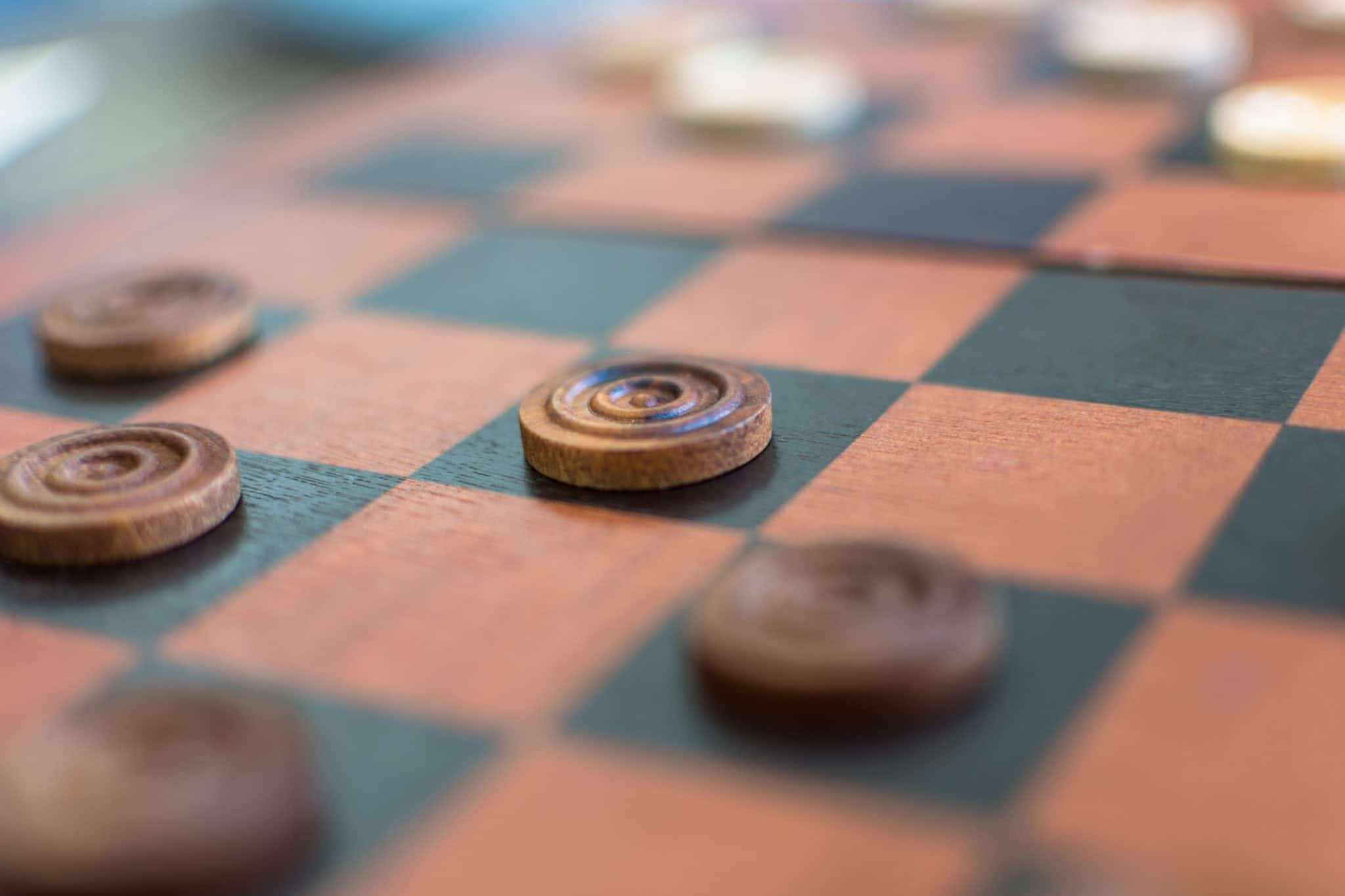The first step in your college search doesn’t involve choosing a location or a program of study. But it does require some work on your part. The PSAT (Preliminary Scholastic Achievement Test) offers you two unique opportunities. First, your PSAT score helps you show today’s best colleges and universities that you have what it takes to succeed. Second, the test helps you sharpen your test-taking skills for the SAT exam next year since the test includes the same types of multiple choice questions you will find on the SAT Reasoning Test.
Today’s best colleges and universities are on the lookout for students with the nation’s highest PSAT scores, because it is from this pool that National Merit Scholarships are awarded. Before you face the challenge of the PSAT, take a few minutes to discover some simple strategies you can use in your PSAT prep that can boost both your confidence and your PSAT scores!
Mark your calendar for the PSAT—you don’t want to miss it
You must take the PSAT at your high school (or one in your community), not at a test center. The test is given in October — in 2014, it will be on Wednesday, October 15, or Saturday, October 18. There is no online registration for the PSAT test, so talk to your school counselor to sign up. You can also get a free copy of the “Official Student Guide to the PSAST/NMSQT” while you are there. Once you know the test date, you can set up a self-paced schedule that lets you prepare for each section, with time to focus extra attention on the subject areas in greatest need of improvement.
Know the format used for the PSAT test
One great way to prepare for any exam is to know the type of material covered and the format in which the questions are presented. Preparing thoroughly for the PSAT/NMSQT now will help you get your college search on the right track. A great and simple way to get an idea of the PSAT format is to check out the online PSAT practice test, available here at Peterson’s.
The Critical Reading sections of the PSAT
The PSAT’s Critical Reading sections include reading comprehension questions about full-length and paragraph-length passages. They also include exercises that ask you to complete a series of sentences.
- Sentence Completion: 13 questions
- Passage-based reading: 35 questions
- Two 25-minute sections
- Total time: 50 minutes
The Writing section of the PSAT
The PSAT Writing section includes multiple-choice questions covering the fundamentals of grammar, usage, word choice, and organization.
- Identifying sentence errors: 14 questions
- Improving sentences: 20 questions
- Improving paragraphs: 5 questions
- One 30-minute section
The Math section of the PSAT
The Math sections of the PSAT include multiple-choice questions and grid-in (calculation) questions. Topics include numbers and operations; algebra and functions; geometry and measurement; and statistics, probability, and data analysis.
- Multiple-choice: 28 questions
- Grid-ins: 10 questions
- Two 25-minute sections
- Total time: 50 minutes
Tips to help you earn the PSAT scores you deserve
Using the following strategies when taking the test can help you improve your score. It’s important to understand the test format and take advantage of the ways it can help you.
You can build your PSAT score if you can fill in the blanks
Sentence Completion exercises test both your vocabulary and reasoning skills. As you scan each sentence, you can try to predict what word would most appropriately fill each blank. You may find that you can guess what word should fill one, but not all, blanks in a sentence. Don’t panic. Here’s a chance to use your reasoning skills. Look at the answer choices and see if one features a word similar to that you guessed. Then eliminate the selections that do not fit your prediction.
When working on the PSAT test, think in broad strokes
The secret to most reading comprehension exercises is to grasp the main ideas and themes. Don’t get bogged down by trying to remember every detail as you read. You can look these up later, if needed. Scan the text thoroughly enough to get the big picture. Then address the questions that refer to a specific passage. If you have time, you can then return to the harder questions.
The PSAT puts the answer right in front of you
The great thing about multiple-choice questions, whether they focus on writing or math, is that they give you the answer. Your job is simply to recognize it. In the writing portion, you’ll be tested on your knowledge of grammatical rules and sentence structure. Generally, the object of your search is clarity, so the simplest answer is usually the best. If a response seems awkward or overly complex, it is likely to be incorrect.
As for the math questions, you can greatly improve your chances of a correct response by first eliminating the outlier—the one response that bears little resemblance to the others. You’ll be given reference formulas and facts, but you’ll need to know how to use them. You’re allowed to use a calculator, but, again, it won’t help you unless you know how to approach the problems. If you get stuck, substitute numbers from the answer choices as your variables. Start with the middle number—if it doesn’t work, you’ll know whether to choose a higher or lower number.
Take the guesswork out of guessing during the PSAT test
An educated guess always beats a blind stab, so try and reason your choices down to two before taking a guess. In doing so, you’ll greatly improve your chances of success. Remember that the PSAT only penalizes you for wrong answers in the multiple-choice and fill-in sections, not in the math grid-ins.
Your PSAT score can add up if you do the math
The math questions require you to calculate your response and place it into a grid. Remember that the grid does not contain a minus sign, so an answer can’t be a negative number. There is no penalty for incorrect responses here, so go ahead and make your best guess. You can’t grid mixed numbers, so if you get a mixed number as an answer, you’ll have to convert it to an improper fraction or a decimal.



